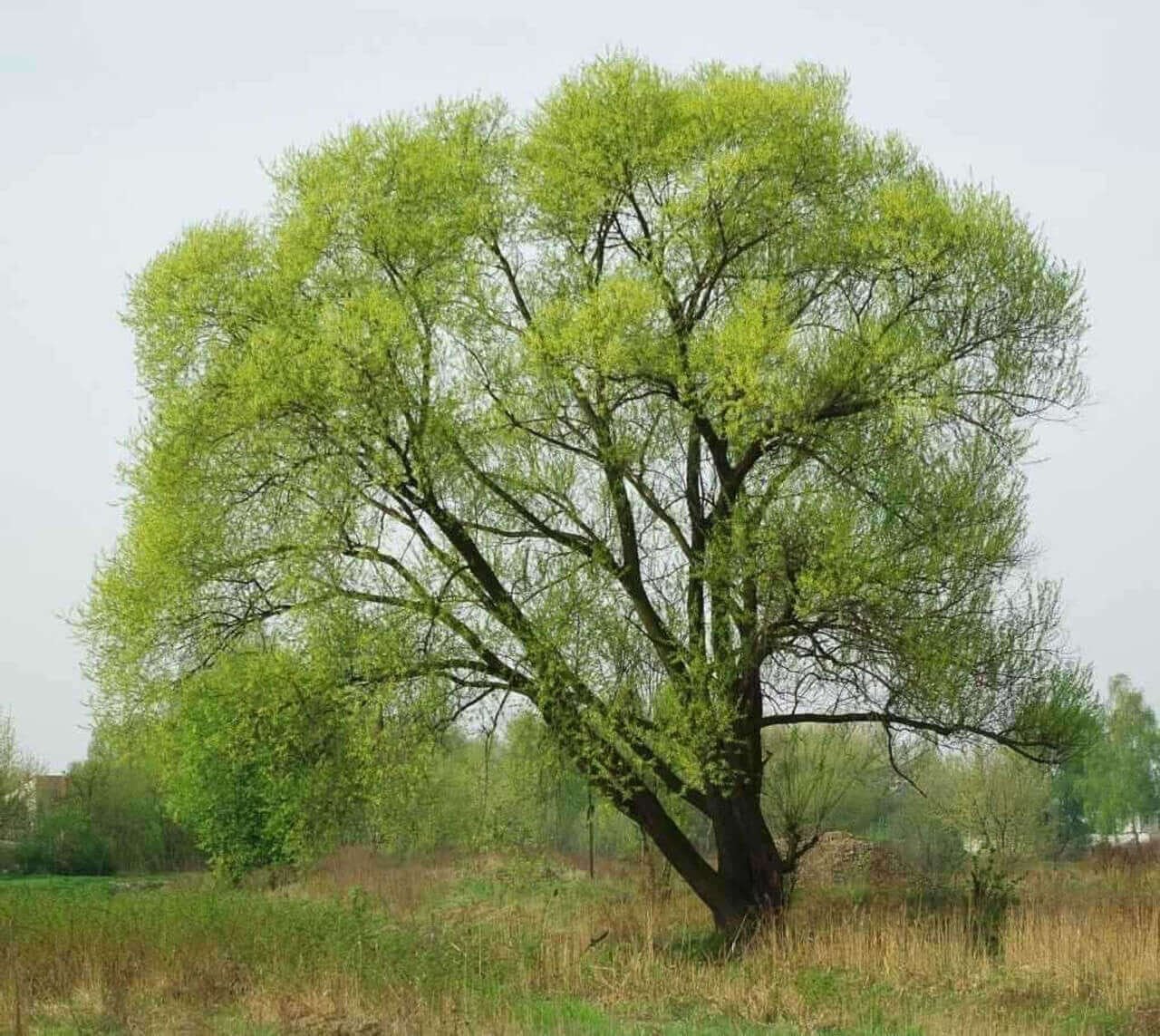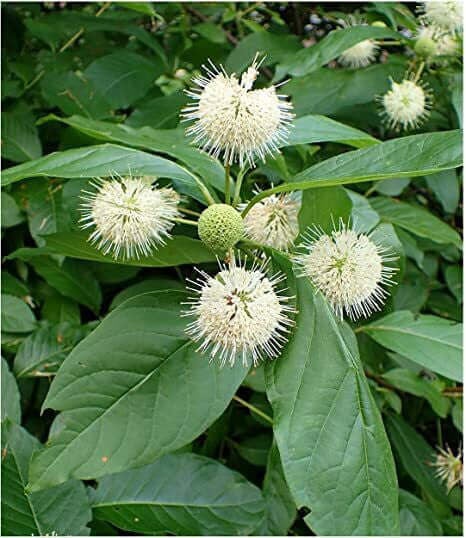Filters
Live stakes are a cost-effective solution for propagating woody plants quickly. Unlike most saplings or yearling trees, cuttings grow robust, developed root systems in two months or less.
TN Nursery offers a variety of them to help you plant in bulk without busting your budget. We've been shipping live stakes for over 64 years and would be honored to help you find the perfect ones for your yard.
The Science Of Live Stakes
They thrive in their first year of development, especially with a little TLC. But how does a dormant, woody branch turn into a living organism?
It all boils down to science:
The dormant branches of certain woody plants possess an enormous amount of energy (even if they don't yet have leaves). Horticulturists carefully harvest these branches and wrap them in special packaging. When you receive freshly cut stakings, you must immediately plant them into muddy, nutrient-dense soil. It will take a little while for these branches to grow roots and unfurl beautiful foliage for the year ahead.
You can use them for various purposes, from slowing down erosion to revegetating empty river banks. No matter what you prefer, though, TN Nursery can help. We offer multiple staking varieties to help you propagate in large numbers.
Customer Favorite Live Stakes
There are so many reasons to use this type of cuttings, and TN Nursery offers even more options.
Below are just a few of our most sought-after options - starting with our biggest bestseller:
Black willow: It's hard not to love the tenacious black willow. It's a beautiful, showy option that intercrops well with other plants.
Buttonbush is one of our more unique native plants, perhaps best known for its spherical white flowers. Apart from attracting a wide variety of pollinators, you can also use this plant to add color during the late spring and early summer.
Roughleaf dogwood: This shrubby plant provides native food and habitat and is an excellent candidate for cutting transplants. Each purchase comes with 25 branches roughly one to two feet in height.
Are you worried your cuttings won't survive their first year? Worry no more. TN Nursery offers a 100% growing guarantee within the first 365 days.
TN Nursery Offers Healthy Live Stakes
The quality of live stakes depends on the nursery they came from. At TN Nursery, we guarantee the highest caliber. Whether you're looking for shrubs, flowering bushes, or trees, we have something in stock that's perfect for your space.









